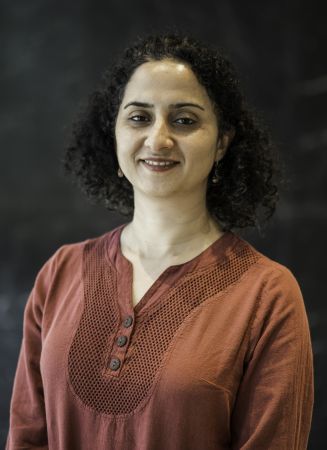Dr. Maryam Rahnemoonfar is a Tenured Associate Professor of Computer Science and Engineering with a joint appointment in the Department of Civil and Environmental Engineering at Lehigh University's P.C. Rossin College of Engineering and Applied Science. She is the Director of Computer Vision and Remote Sensing Laboratory (Bina lab). Her research interests include Data Science for Sustainability, Deep Learning, Computer Vision, AI for Social Good, Remote Sensing, and Document Image Analysis. Her research specifically focuses on developing novel machine learning and computer vision algorithms for heterogenous sensors such as Radar, Sonar, Multi-spectral, and Optical. Her research projects have been funded by several awards as a Lead PI, including the NSF HDR institute Award, NSF BIGDATA award, Amazon Academic Research Award, Amazon Machine Learning award, Microsoft, and IBM. She is passionate about discovering actionable insights in data and leading interdisciplinary research teams and projects to solve environmental and humanitarian problems. She was the committee member for National Academy of Sciences, Engineering, and Medicine workshop in Technology Developments to Advance Antarctic Research in 2021-2022.
Dr. Rahnemoonfar holds a Ph.D. in Computer Science from University of Salford Manchester, UK.
Prior to Lehigh, Dr. Rahnemoonfar was a Tenured Associate Professor of AI at UMBC, and an Assistant Professor of Computer Science at Texas A&M University-Corpus Christi (TAMUCC).
Related News

